Brazilian Cultural Heritage: Exploring Rich Traditions & History
Brazilian cultural heritage is a vibrant tapestry woven from indigenous, African, and European influences.
This unique blend of traditions has shaped the nation’s identity over centuries.
From colorful festivals to music, dance, and art, Brazil’s traditions are celebrated across the country.
Music and Dance: The Rhythms of Brazil
One of the most iconic aspects of Brazilian traditions is its music.
The rhythms of samba, bossa nova, and forró echo through the streets, especially during Carnival.
Samba schools, parades, and street parties unite people from all backgrounds, creating a sense of joy and belonging.
Traditional dance is also essential to Brazil’s identity.
Frevo, axé, and maracatu tell stories of history, struggles, and triumphs.
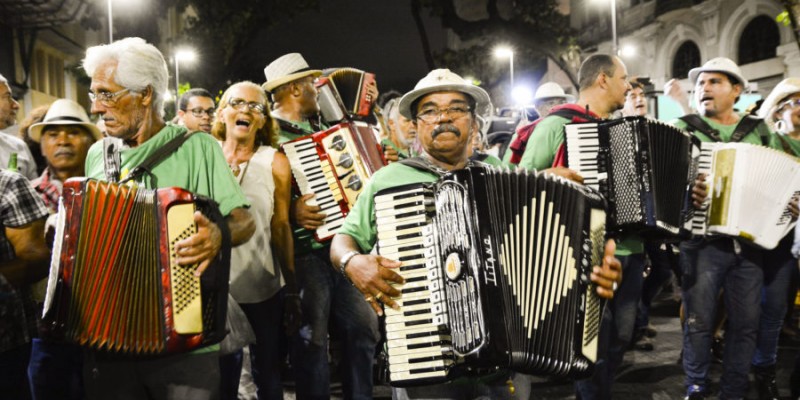
These performances showcase the country’s diverse cultural roots, blending African drumming, indigenous rituals, and European influences.

Spirituality and Cultural Traditions
Brazil’s spiritual landscape reflects its multicultural heritage.

Afro-Brazilian religions like Candomblé and Umbanda merge African traditions with Catholicism, indigenous beliefs, and spiritism.
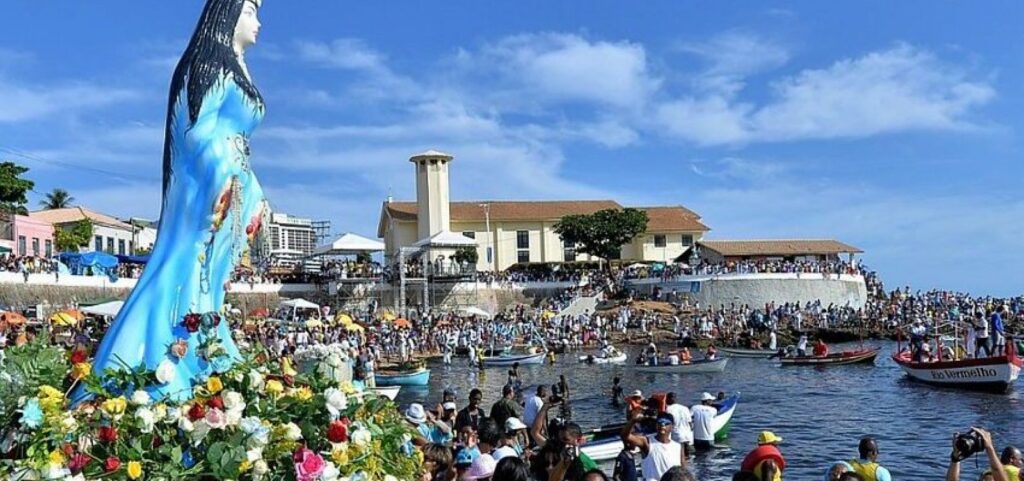
Additionally, festivals dedicated to deities such as Oxóssi and Iemanjá feature vibrant rituals, music, and dance.
Indigenous Influence in Brazil’s Culture
With over 300 indigenous tribes, native cultures remain a vital part of the nation’s identity.
Indigenous communities contribute through language, craftsmanship, spiritual practices, and their deep connection to nature.
Their traditions enrich Brazil’s diverse cultural landscape.
European Influence in Southern Brazil
The South of Brazil brings a distinct touch to the country’s traditions.
Influenced by European immigrants, particularly Italians and Germans, the region is known for its cuisine, such as churrasco (Brazilian barbecue) and pinhão (a native seed eaten as a snack).
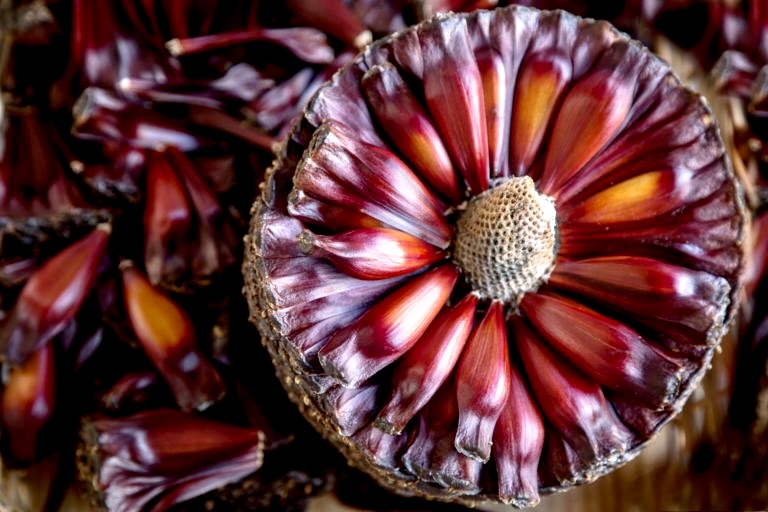
Folk music and dance, like vanerão and choro, thrive in the region.
Furthermore, architecture in towns like Gramado and Canela reflects European charm, adding another layer to Brazil’s cultural landscape.
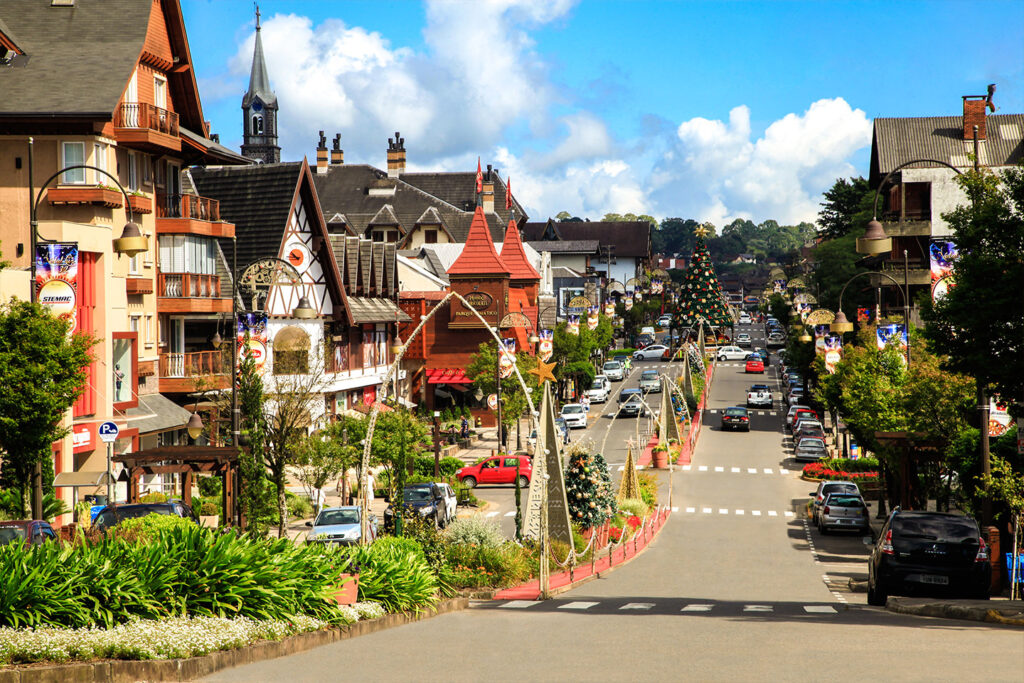
Brazilian Cuisine: A Taste of Tradition
Food plays a key role in Brazil’s identity.
Regional dishes highlight the country’s diverse influences.
Feijoada, a hearty stew, moqueca, a flavorful seafood dish, and brigadeiro, a beloved sweet treat, reflect Brazil’s ability to merge different traditions into something uniquely its own.
Art, Literature, and Architecture in Brazil
Brazil’s identity is evident in its architecture, literature, and visual arts.
Colonial-era buildings in Salvador and Ouro Preto tell stories of the past.

Similarly, the works of writers like Machado de Assis and Clarice Lispector showcase Brazil’s literary richness.
Additionally, vibrant street art in São Paulo and Rio de Janeiro adds a modern expression to the country’s artistic landscape.
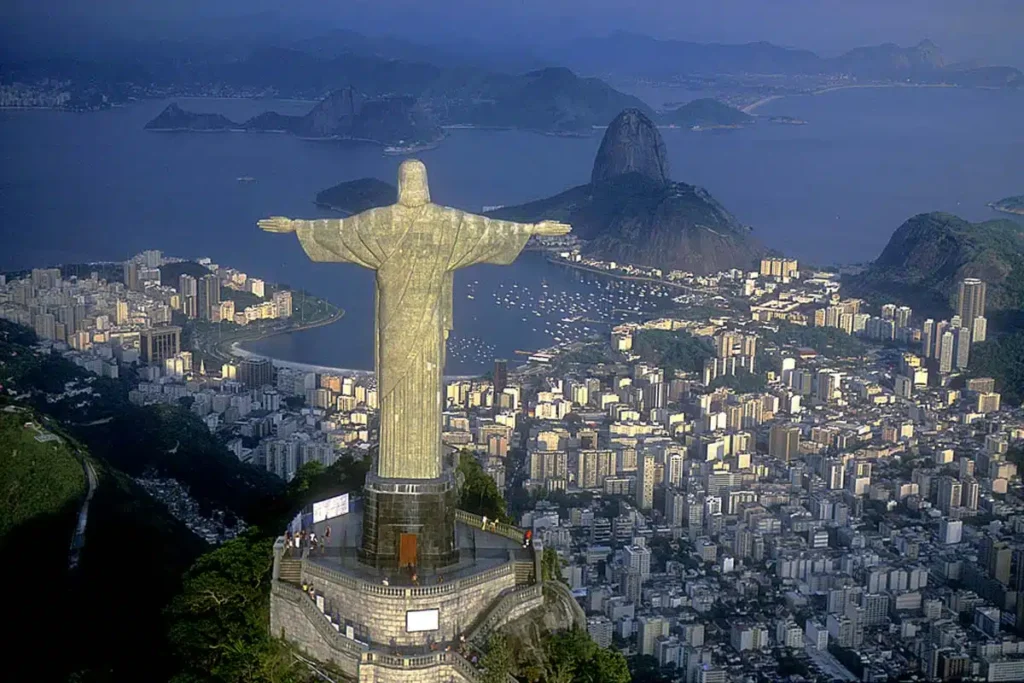
A Living Heritage
The Ongoing Celebration of Brazilian Culture
In every corner of Brazil, from bustling cities to remote villages, cultural traditions thrive.
Festivals, music, cuisine, and customs are passed down through generations.
Indeed, Brazil’s heritage is not just a reflection of the past but a dynamic force shaping the nation’s future.
For more on Brazil’s traditions, visit Flavors of Brazil. Learn more about global cultural heritage at UNESCO.
